Maintaining correct tire inflation pressure is very important since it helps optimize tire performance and fuel economy while over-inflated tires are just as problematic as under-inflated ones.
In fact, driving with under-inflated tires is one of the biggest causes of tire failure, according to the National Highway Traffic Safety Administration.
Besides, under-inflated tires can cause many other problems such as wearing out more rapidly, handling poorly and reducing fuel efficiency.
In addition, over-inflated tires are more susceptible to damage from road irregularities, and this also creates a bumpier ride.
Overfilling your tires is just as dangerous as under-filling them, so it’s important you know what is recommended for your vehicle.
This article will give you everything that you need know about your recommended tire pressure. These include:
Buy Pressure Gauge at Amazon
Recommended tire pressure, where to find it?Since tire pressure is so important to your safety and your car’s overall performance, it is important to know which level of tire pressure is right for your vehicle.
In fact, how much air pressure your tires need depends on several factors, including the type of vehicle, the type of tire and the intended use of the vehicle etc.
Air pressure in tires is measured in pounds per square inch or PSI. You can find your tire pressure both inside your car and on the sidewall of the tire.
How to find recommended tire pressure inside your carYou could find the manufacturer’s optimum or recommended tire pressure for your car on a sticker in the door jam, or in your owner’s manual. Some car models even place the stickers on the trunk lid, in the console or on the fuel door. For best results, look for a placard on the inside of the driver’s door, like the example in the photo below.
Somewhere on the sidewall of your tire, just below the big, bold letters of the manufacturer, for example, you might have noticed the words ‘Max.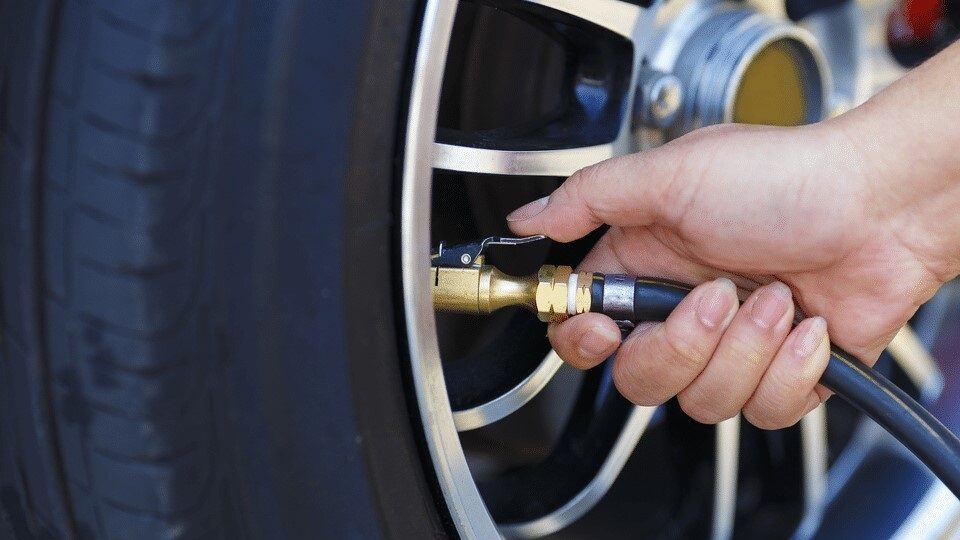 Press. 35 PSI.’ (pounds per square inch).
Press. 35 PSI.’ (pounds per square inch).
That number tells you the maximum cold pressure needed for your tire to carry its maximum load.
Most typical tires require about 32 to 35 pounds per square inch (PSI) of air, says Rod Tate, owner of highly rated Colony One Auto Center in Stafford, Texas.
Large trucks require much larger tires with PSIs of 50 to 60. Heavy-duty vehicles can go even higher. For example, tire in the picture below requires 41 pounds per square inch of air.
However, the tire’s maximum pressure is NOT necessarily the most suitable pressure for every vehicle upon which the tire can be used (almost all vehicle manufacturers’ recommended tire inflation pressures are less than the tires’ maximum pressure).
You really should follow the recommended pressure printed somewhere inside your car or in the manual rather than the maximum pressure. In the next section, I will explain why.
Buy Pressure Gauge at Amazon
Why is maximum tire pressure not the best?If you insist on inflating your tires to the max PSI, there will be more likely that two things below will happen
Since tires inflated to the max cannot give as much on the sidewall, you might see superior cornering, but it could be at the risk of your braking threshold. One quick corner and your back end could slide out.
One quick corner and your back end could slide out.
When your tires are inflated too much, the rubber rounds out at the top of the tire when you are driving, and the center will quickly wear out. You will also reduce your traction and you could even cause a blowout.
Therefore, maximum pressure is not the best, rather, recommended pressure is. I need to repeat here that the pressure listed on the sidewall is a maximum pressure only, but not a recommended pressure. Instead, you should use the air pressure recommended in the vehicle’s owner’s manual or tire information placard label.
How to check your tires pressure?Therefore, maximum pressure is not the best, rather, recommended pressure is. I need to repeat here that the pressure listed on the sidewall is a maximum pressure only, but not a recommended pressure.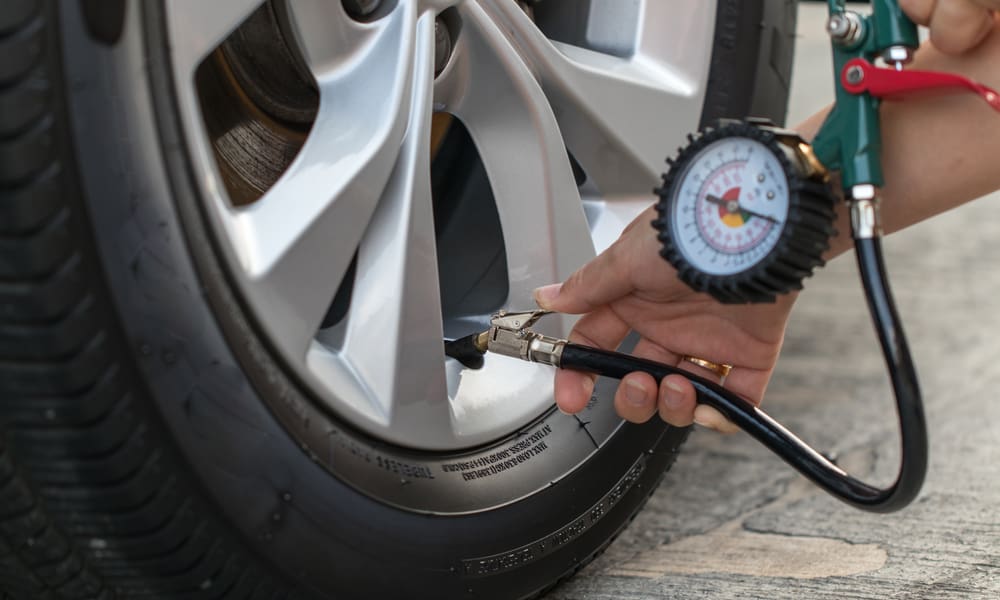 Instead, you should use the air pressure recommended in the vehicle’s owner’s manual or tire information placard label.
Instead, you should use the air pressure recommended in the vehicle’s owner’s manual or tire information placard label.
After knowing the most appropriate pressure for your car tires, you should check whether your tires have such pressure. In addition, checking the pressure of your tires regularly is one of the most important – and most often overlooked – regular maintenance that you should do to ensure your safety and quality of your driving. Monitoring the amount of air in your tires will let you know if you have a small leak and can help you avoid an unexpected flat tire.
Frequently checking your PSI becomes even more important in the fall and winter, when outside temperatures drop and weather conditions fluctuate causing your tires to lose air more quickly. Generally speaking, your tire will gain or lose one PSI for every 10-degree change in temperature, which means if you have a sudden drop of 30 degrees, you could lose three PSI overnight. If your tires were already low, this could cause tire damage, steering problems or even a flat tire.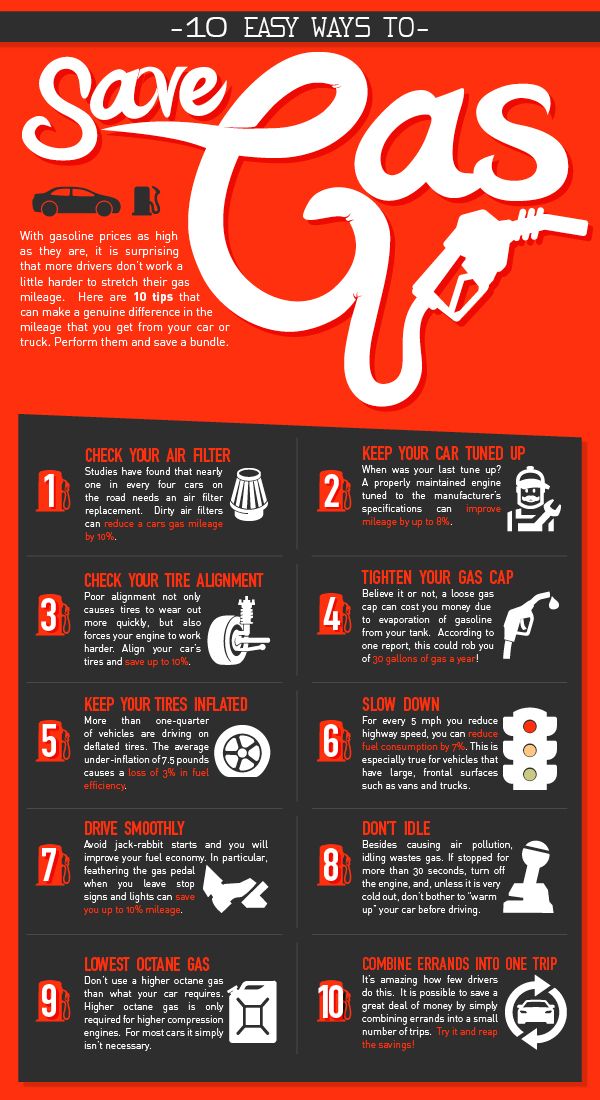
Some experts recommend that you should check the air pressure every time you refuel; others say once a month is sufficient.
How to check tire pressure properly? Checking tire pressure is easy. You can do it right at home or at the gas station. Just be sure you check the pressure when your tires are cold, or have not been driven in several hours. This will give you the most accurate reading.
The most important piece of equipment you need is an accurate tire pressure gauge. You can find battery-operated digital gauges, or more traditional stick-type gauge found at most gas stations. A good gauge should not set you back more than $15 – a worthwhile investment for a longer life for your tires.
Buy Pressure Gauge at Amazon
Make sure you have your manufacturer’s PSI handy when you are checking your tire pressure, and then follow these steps:
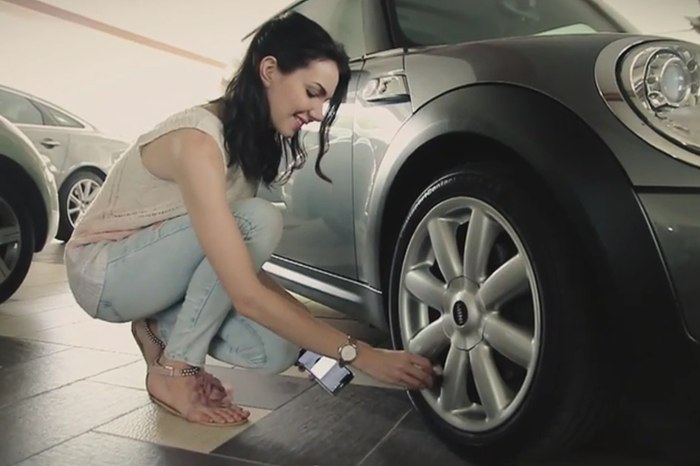
By checking tire pressure once a month, you will get a good idea how they are performing. If your tires are fairly new and continue to leak air, you should consult your dealer or mechanic. You may have a faulty valve or other damage that is difficult to detect which could unfortunately result in the need to replace the tires completely. But with proactive maintenance, you could catch an issue before it becomes a problem, and just end up needing a small repair.
But with proactive maintenance, you could catch an issue before it becomes a problem, and just end up needing a small repair.
Often, it is hard to spot an under-inflated tire until it is too late – in other words, it is completely flat. Of course, you could carry a gauge around at all times to measure the pressure, but that is not exactly convenient. Instead, watch for these signs and symptoms of tires that are under-inflated.
When your tires are under-inflated, your ride can be less smooth than usual. You may even find that it takes longer to brake.
When a tire is not inflated properly, it wears down more quickly. If you notice that one or all of your tires are wearing out faster than usual, it may be because they are under-inflated.
Tires that are under-inflated can make your vehicle quiver and shake, which is not a pleasant driving experience. Under-inflation can even cause tires to become misaligned, with comes with it is own variety of problems.
Under-inflation can even cause tires to become misaligned, with comes with it is own variety of problems.
These are all things that you need to know about recommended pressures of your car tires. After reading this article, you will never confuse about the right pressure of your tires and will know how to check it.
Please share your ideas with me if you have other tips for this.
The recommended tire pressure is the pressure established by the manufacturer of your car as the optimal air pressure for your tires. Running your tires at the correct pressure is important because it keeps you safe, cuts down your gas bill, and makes your tires last longer. Each vehicle has its own specifications for tire pressure, but most fall between 28 and 36 PSI (pounds per square inch).
Be careful not to confuse the recommended pressure with the maximum pressure.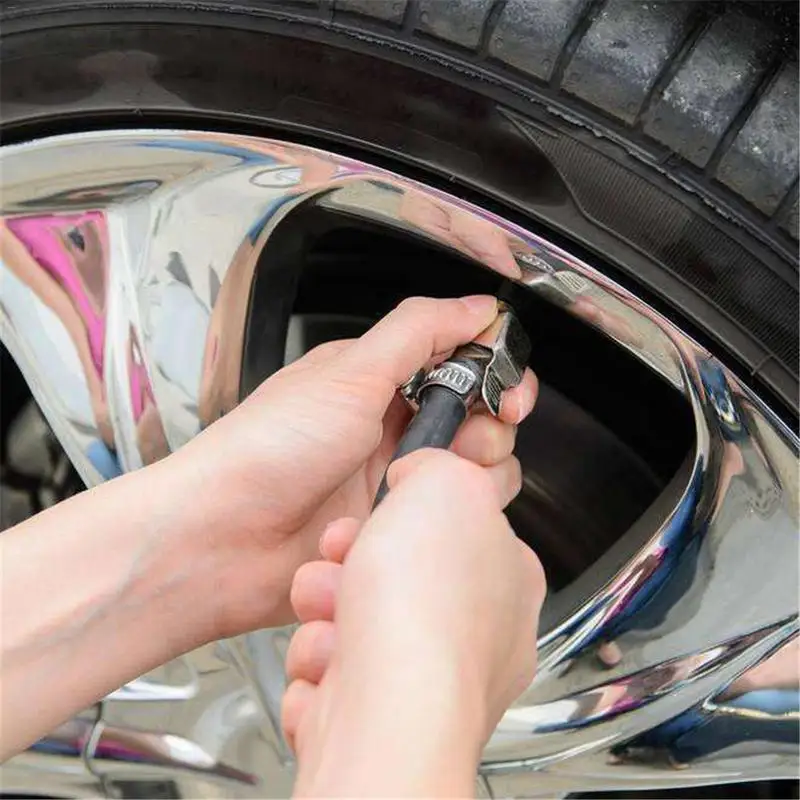 The recommended pressure is the one you should use when filling your tires, and, as explained above, you can find on your doorjamb or in your owner’s manual. The maximum pressure, on the other hand, is usually stated on the sidewall of the tire itself in small print near the tire’s bead (where the rubber abuts the rim). This measurement is provided by the tire manufacturer rather than the car manufacturer and is the maximum amount of pressure the tire can safely withstand.
The recommended pressure is the one you should use when filling your tires, and, as explained above, you can find on your doorjamb or in your owner’s manual. The maximum pressure, on the other hand, is usually stated on the sidewall of the tire itself in small print near the tire’s bead (where the rubber abuts the rim). This measurement is provided by the tire manufacturer rather than the car manufacturer and is the maximum amount of pressure the tire can safely withstand.
Your tires’ max PSI almost always exceeds the recommended pressure. It isn’t advisable to fill your tire to this pressure for everyday driving. At max PSI, your car does not handle as well, braking is impaired, and you could risk dangerous blowouts. Over-inflation can also cause the center of your tire’s tread to wear out prematurely and reduce the lifespan of your tires. You may want to use the max pressure on a temporary basis if you are hauling especially heavy load or towing something.
Most manufacturers do not state a minimum tire pressure, per se. The recommended value is the amount of air that a tire needs for a car to handle properly and safely, and anything under that value is not recommended, so functionally the optimal value is also the minimum. Under U.S. law, vehicles are required to be equipped with tire pressure monitoring systems (TPMS) that warn the driver when tire pressure falls below 25 percent of the recommended PSI. This is considered severe under-inflation, but less drastic pressure drops are still considered moderate or mild under-inflation, and they and can still have negative consequences.
If your tires are inflated to a pressure that is below the recommended PSI (as shown in the manual or on the driver’s side doorjamb), your car will not operate safely. Under-inflation can cause the tire to heat up excessively, which can make the tread pull away from the body of the tire.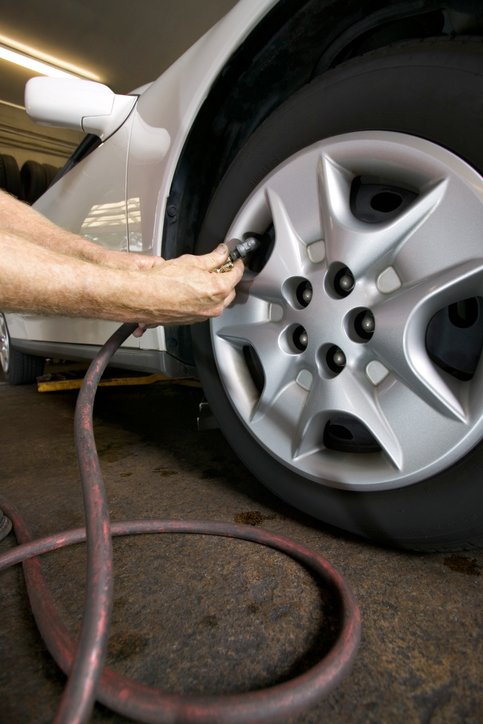 If this happens on the highway, it could lead to a blowout and a serious accident. There are also financial reasons for making sure your tires aren’t under-inflated. A low tire has more rolling resistance, which means the car has to work harder to move down the highway and consumes more fuel. Well-inflated tires are going to save you money at the pumps. Low tires also wear more quickly and unevenly, so you will have to replace them more often.
If this happens on the highway, it could lead to a blowout and a serious accident. There are also financial reasons for making sure your tires aren’t under-inflated. A low tire has more rolling resistance, which means the car has to work harder to move down the highway and consumes more fuel. Well-inflated tires are going to save you money at the pumps. Low tires also wear more quickly and unevenly, so you will have to replace them more often.
A tire pressure monitoring system (TPMS) uses either a direct sensor inside your valve stem or a combination of both software and other existing sensors in your vehicle to let you know when your tire pressure is outside of a safe range of pressures. If the pressure falls below the legally specified limit (25% of recommended pressure) an indicator light shaped like the letter U with an exclamation point inside it (representing the cross-section of a tire) will light up on the dashboard.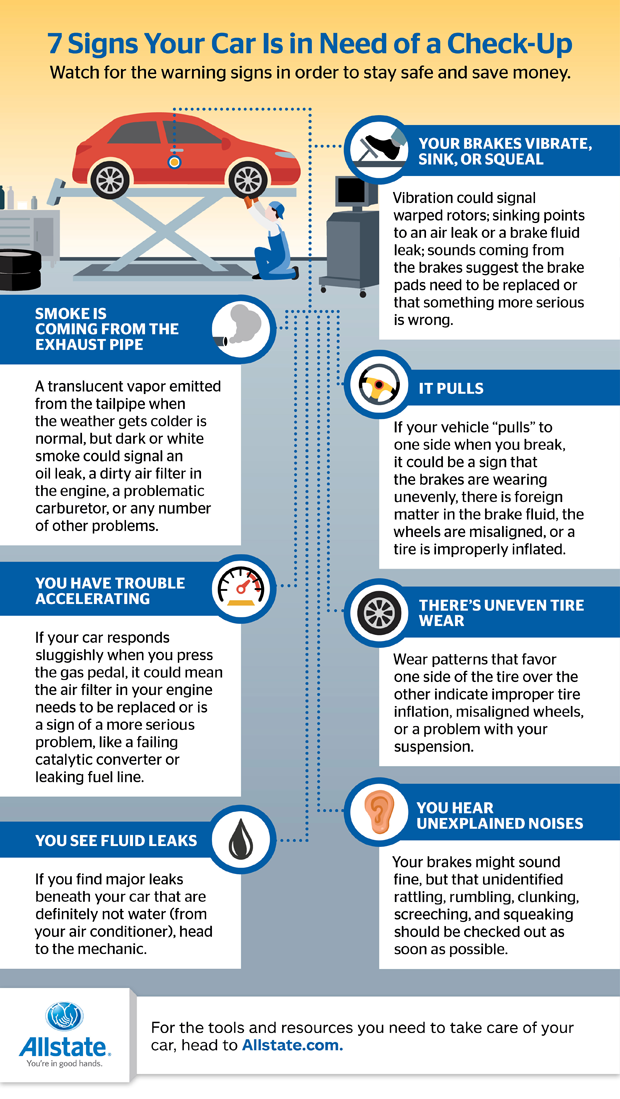 When you see this TPMS light on you should immediately check your tire pressure and make any necessary adjustments.
When you see this TPMS light on you should immediately check your tire pressure and make any necessary adjustments.
If you have further questions about tire pressure or any other aspects of your tires, find your nearest tire dealer to get some advice.
Thoughtful? However, few motorists can immediately answer this question. In Europe, sampling surveys are regularly carried out to measure the air in tires. The results are almost always disappointing: only every fourth car has a normal pressure. 10% of drivers generally risk their lives, they drive with ultra-low tire pressure. Their tires are lowered by more than 0.6 bar. Keep in mind that car tires lose air every day. And the monthly loss can be several hundredths of an atmosphere. And if you are irresponsible about the air pressure in the tires, then over time the motorist will be among those 10% of people who risk their safety.
Tire pressure affects many vehicle characteristics. In a properly inflated tire, the load is evenly distributed across the contact patch. Normal tire pressure allows you to use the maximum capabilities of the car and prolongs the life of the tire. By the way, the air pressure in tires is measured in bars, atmospheres and kgf / cm2. These units are equivalent, i.e. 1 bar \u003d 1 atm. \u003d 1 kgf / cm2.
Automotive tires are divided into ultra-low (pneumatic), medium, high, adjustable pressure tires and low pressure tires.
What is the recommended tire pressure? This value is prescribed by the vehicle manufacturers and is contained in the operating instructions. The optimal value can be found from the inscriptions on the gas tank cap, driver's door pillar or glove compartment. This sticker contains the load index, recommended cold tire pressure and tire size. In addition, manufacturers can specify a tire interchangeability list for a given vehicle.
Normal tire pressure is the manufacturer's recommended value. Driving on a properly inflated tire becomes safer and more economical due to reduced fuel consumption. In addition, the service life of the tire is increased. Deviation from the norm of air pressure in the rubber leads to uneven wear of the tread. For example, a lack of 0.2 bar in tires reduces tire life by 15%. A tire with a pressure of 0.6 bar below normal wears out almost twice as fast. Air pumping, which is less common, also causes premature tire wear.
Due to too low pressure, the grip of the tire with the road worsens, the braking distance increases, the car becomes less obedient. An under-inflated tire can even burst. Higher than normal pressure reduces the contact area with the road, so the central part of the tread will suffer from too high a load.
Incorrect tire pressure must be adjusted in a timely manner. Otherwise, it may cause an accident. Now, fewer and fewer motorists manually inflate tires with a pump, preferring to turn to specialists. In addition, it is becoming more and more popular to inflate tires with nitrogen.
In addition, it is becoming more and more popular to inflate tires with nitrogen.
How can you check tire pressure? Most drivers use common folk methods: eyeballing or kicking tires. But, you see, the eyes and legs are not a pressure gauge, not a special device for measuring tire pressure. Therefore, it is hardly possible to determine by eye the difference between 1.5 atm. and 2.
Tire pressure should be checked at least once every 30 days. Before checking tire pressure, make sure the tire is cold. While driving, the pressure can rise up to 20%. Therefore, it should be measured no earlier than 2 hours after the trip. By the way, modern cars are equipped with a tire pressure monitoring system. Therefore, information about deviations from the norm is promptly displayed on the dashboard in the car.
Sometimes changing the tire pressure relative to the norm can help the motorist in difficult road conditions. Very often, manufacturers indicate tire pressures for normal and full vehicle loads. But sometimes there is only one meaning. In this case, when fully loaded, you need to change the tire pressure, increase it by approximately 0.3-0.5 atm. The same change in pressure should be in the tires before a long trip.
Very often, manufacturers indicate tire pressures for normal and full vehicle loads. But sometimes there is only one meaning. In this case, when fully loaded, you need to change the tire pressure, increase it by approximately 0.3-0.5 atm. The same change in pressure should be in the tires before a long trip.
If you plan to travel off-road, then the tires can be slightly lowered. This change in pressure will improve flotation through mud or clay. When driving on rocky roads, increasing tire pressure will help protect the sidewalls from damage. But, most importantly, after overcoming a difficult road, do not forget to bring the pressure back to normal.
When a different tire size is fitted to the vehicle, the tire pressure must match the full load value. If new tires have a lower load-carrying capacity than standard tires, the pressure should be increased by 0.1 atm. per unit load. For tires with an Extra Load and Reinforsed index, the pressure should be 0.4 atm higher than the maximum.
In winter, tire pressure should be closely monitored. Ambient temperature has a noticeable effect on pressure. The colder it is outside, the less pressure in car tires. Therefore, in winter, the tire pressure must be increased by 0.2 bar.
A cold snap of 10°C can change the pressure in a winter tire by 0.1 bar. In winter, the air in the tires should be checked once every two weeks, and with sudden changes in air temperature.
Car drivers > Useful information > Wheels > What should be the pressure in the tires of the car in winter and summer
Probably every motorist knows how important is the "correct" pressure in the tires of the car. However, not everyone knows about the factors that affect tire pressure, as well as the features that must be taken into account when operating a vehicle.
According to the popular opinion of motorists, tire pressure is affected only by the presence or absence of external damage to the tire or rim. However, in practice, there are a whole host of factors that, taken together, can lead to significant differences in indicators. In this article, we will try to cover all the nuances.
However, in practice, there are a whole host of factors that, taken together, can lead to significant differences in indicators. In this article, we will try to cover all the nuances.
At first glance, this question is the simplest. Typically, tire pressure refers to the density of the air that is pumped into them using a compressor or pump. It, of course, has a pressure higher than in the surrounding atmosphere, and it is this difference that is the key to the performance of the wheel.
The advent of pneumatic wheels was perhaps the most important invention in the early days of the automotive industry. A tire inflated with compressed air made it possible to effectively smooth out road irregularities, ensure a high ride smoothness of the vehicle and dampen shock loads transmitted from the roadway to the structural elements of the car.
Video on the importance of maintaining the correct tire pressure:
Solid wheels could not provide this, and to this day there are no technologies that can, with appropriate simplicity and low cost, provide similar performance characteristics as pneumatic wheels.
In fact, right from the very beginning, when such wheels were used on vehicles, the engineers had a reasonable question about what tire pressure should be considered optimal for a particular car. And in the end it became clear that for each category of vehicles, such indicators will be very different.
So, what influences the choice of the optimal pressure in the tires of a car?
Perhaps this criterion is the main one, because the tire is designed to provide, first of all, the effective absorption of loads of various types - shock, vibration, etc.
Everyone knows from the school physics course that gases tend to expand when heated, and at low temperatures - to reduce their pressure. Accordingly, the tire pressure must compensate for temperature fluctuations that occur during vehicle operation.
Accordingly, the tire pressure must compensate for temperature fluctuations that occur during vehicle operation.
This statement does not only refer to the range of external operating temperatures, but also to the fact that the tire heats up when rolling. By the way, the difference in wheel temperature between a stationary and a moving vehicle is very significant, and it is very easy to check this - just touch the car wheel after a long trip. It turns out to be quite hot. In fact, this means that if the wheel is "pumped", in motion due to heating it can simply explode, which is very dangerous.
As you know, axle loads for any car are different, and quite significantly. The load distribution parameter is called weight distribution and, despite the fact that, from the point of view of optimal parameters, the best result is a weight distribution of 50x50, engineers cannot achieve this parameter even on sports cars with a central engine position within the wheelbase.
In practice, many factors can affect weight distribution, including the number of passengers, load, etc. Accordingly, the load on the tires also varies over a very wide range.
Video - why measure tire pressure:
Given all the characteristics mentioned, the car engineers calculate the average tire pressure, which is designed to “balance” these criteria and ensure uniform performance across the entire range of operating loads.
To measure tire pressure, a special device called a pressure gauge is used. It can be either mechanical or electronic, be a separate device or be included in the compressor package, but its function remains the same - an accurate measurement of the pressure created in the car wheel.
It goes without saying that a manometer, like any mechanism for precise measurements, has its own error. Its value is indicated on the body of the device, and the smaller it is, the more accurate the measurement made by the driver will be. At the same time, the car manufacturer also indicates the recommended tire pressure for a particular vehicle in the accompanying documentation. Many tire manufacturers also provide their own recommendations.
Its value is indicated on the body of the device, and the smaller it is, the more accurate the measurement made by the driver will be. At the same time, the car manufacturer also indicates the recommended tire pressure for a particular vehicle in the accompanying documentation. Many tire manufacturers also provide their own recommendations.
At first glance, everything is simple - the driver just needs to bring the tire pressure in line with the factory recommendations and maintain it at a given level. However, here we return to the fact that pressure is influenced by a number of factors, and the main one is temperature.
Video - what the wrong pressure in the tires of a car can lead to:
up to 2.5 atmospheres), with a decrease in temperature, we will get a pressure that is significantly lower. It is especially problematic to "catch" the correct pressure if the car is stored in a warm garage.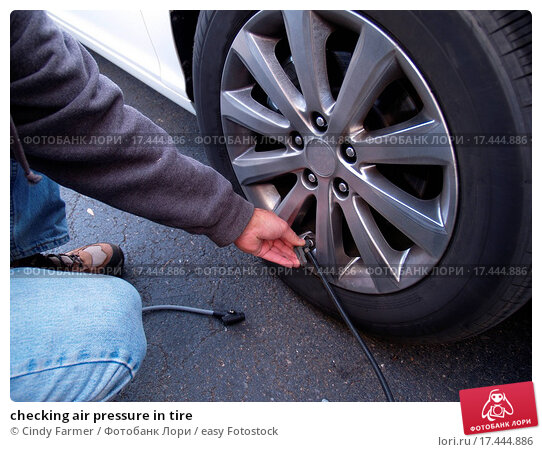 As a result, the wheels, initially inflated to the correct value, will change their physical properties during the trip, and when entering the heated box, the pressure will return to normal.
As a result, the wheels, initially inflated to the correct value, will change their physical properties during the trip, and when entering the heated box, the pressure will return to normal.
The solution to this problem can be the option when the tires are inflated after a long parking of the car in the open air, or compensating inflation of the tire in the box. However, the question arises of how much the tire should be inflated in order for the tire pressure to be within the recommended range in winter. Let's try to analyze this situation using the examples of VAZ cars, which, as you know, have a wheel diameter of R13 or R14.
Despite the fact that we gave this example for popular VAZ models, a similar approach can easily be used for cars from other manufacturers.
You can also download the tire pressure table for cars of different brands - HERE (word file).
Very often, motorists underestimate the decrease in pressure in the tires of the car or their deviation from the standard recommendations of the manufacturer.
In practice, the difference in tire pressure can lead to a deterioration in vehicle handling, increased tire wear, as well as a change in the balance of the vehicle when cornering.
The fact is that tire pressure uniformity is an important aspect of proper vehicle weighting. The change in pressure is especially acute when driving on slippery surfaces and in winter can even lead to an increased “tendency” of the car to skid when cornering.
As already mentioned, not only reduced pressure can be dangerous, but also its increase. An over-inflated tire is often even more dangerous than an under-inflated one. This is due to the fact that the wheel loses its elasticity and the ability to effectively deal with shock loads from the coating.
As a result, driving a large bump at high speed can lead to an abrupt increase in pressure, which the tire will not be able to withstand. Thus, the wheel can explode in a relatively harmless traffic situation.
As you can see, it is imperative to monitor tire pressure.